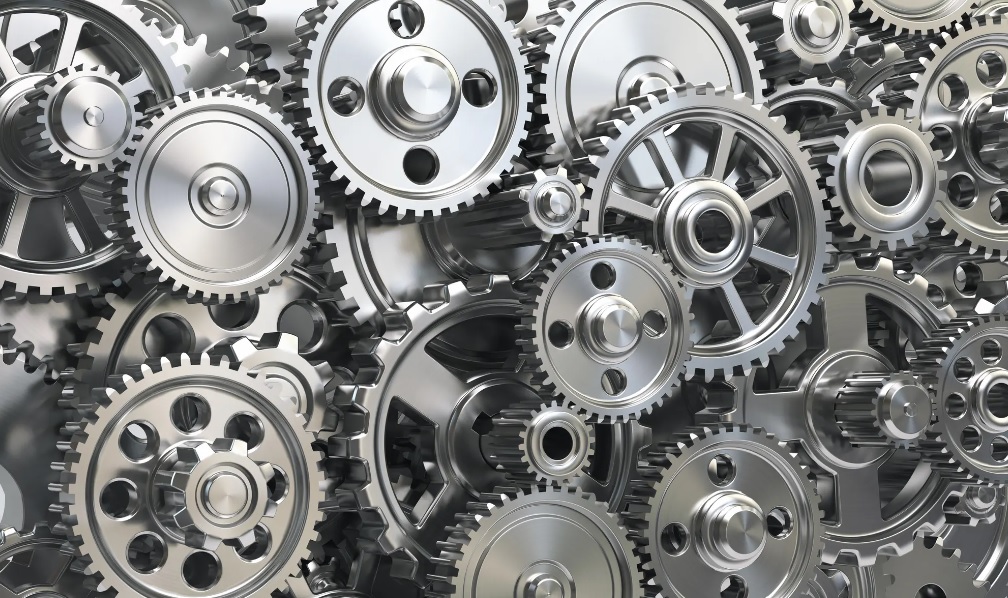
A gear is a vital component within machinery, characterized by its toothed cylindrical or roller-shaped design. Its primary function is to engage with another toothed cylindrical component, facilitating power transfer from one shaft to another. Gears are crucial in achieving different torque and speed ratios or altering the direction of motion between driving and driven shafts.
The operation of gears is founded on the fundamental principle of thermodynamics, stating that energy remains conserved and can be converted from one form to another. This principle aligns with energy conservation, where neither creation nor destruction occurs. In the context of gears, this energy transformation is harnessed through the relationship between speed, torque, and power. Specifically, power is a product of torque (rotary force) and speed (angular velocity), denoted as P = TV. By employing gear configurations, such as connecting a smaller gear on the driving shaft and a larger gear on the driven shaft, the rotational speed decreases per unit rotation of the driving shaft.
Gears come in various types, often classified based on tooth design, purpose, and motion direction. However, a fundamental classification is based on the design of teeth:
1. Spur Gear
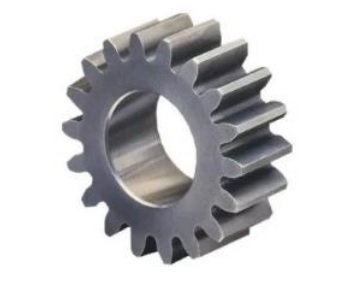
Spur gears transmit power within the same plane or when driving and driven shafts are parallel. Their teeth are cut parallel to the shaft’s axis, enabling power transmission parallel to the shaft or at an angle when meshed with helical gears.
2. Helical Gear
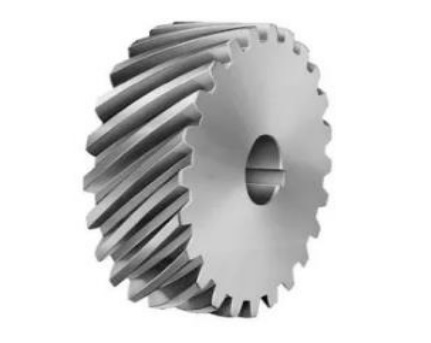
Helical gears feature teeth cut at an angle from the gear axis. These gears have cylindrical rollers with helicoid teeth. Notably, they generate less noise and vibration due to the load distribution across the helix. This feature and reduced wear and tear make helical gears common in industrial applications. They can transmit power in both parallel and non-parallel shaft arrangements.
3. Double Helical or Herringbone Gear
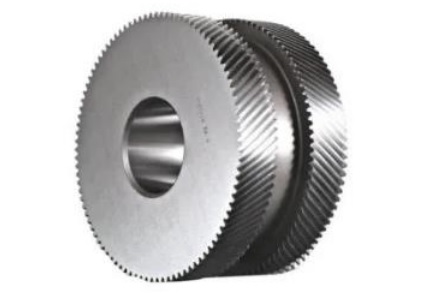
This gear type incorporates both right and left-handed teeth on a single gear. It offers an increased shear area for enhanced torque transmission, akin to helical gears.
4. Bevel Gear
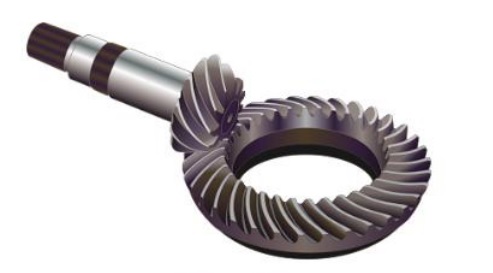
Bevel gears facilitate power transmission between shafts oriented perpendicularly. The driving and driven shafts meet at a right angle, with conical-shaped gears featuring helical or spiral teeth engaging each other.
5. Rack and Pinion Gear
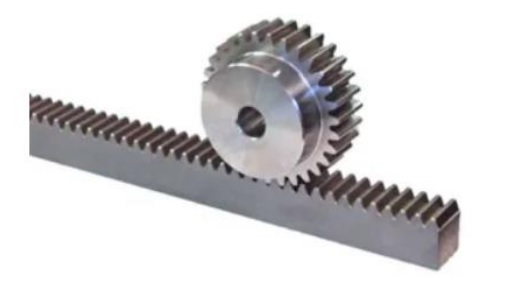
Rack and pinion gears are employed in automotive steering systems. These consist of a straight, linear gear known as the rack and a spur gear called the pinion. This configuration enables the transformation of rotary motion into linear motion.
6. Worm Gear
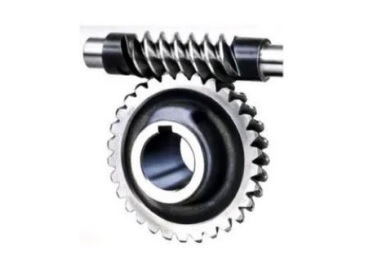
Worm gears are designed to transmit power between non-intersecting shafts, usually at a right angle. The driving gear resembles a screw gear, engaging with a helical gear or a gear with spiral teeth on the driven side.
In summary, gears are essential components in machinery, facilitating power transmission, torque adjustment, and motion direction changes. Their various types and configurations cater to specific applications across industries, playing a pivotal role in diverse mechanical systems.






















